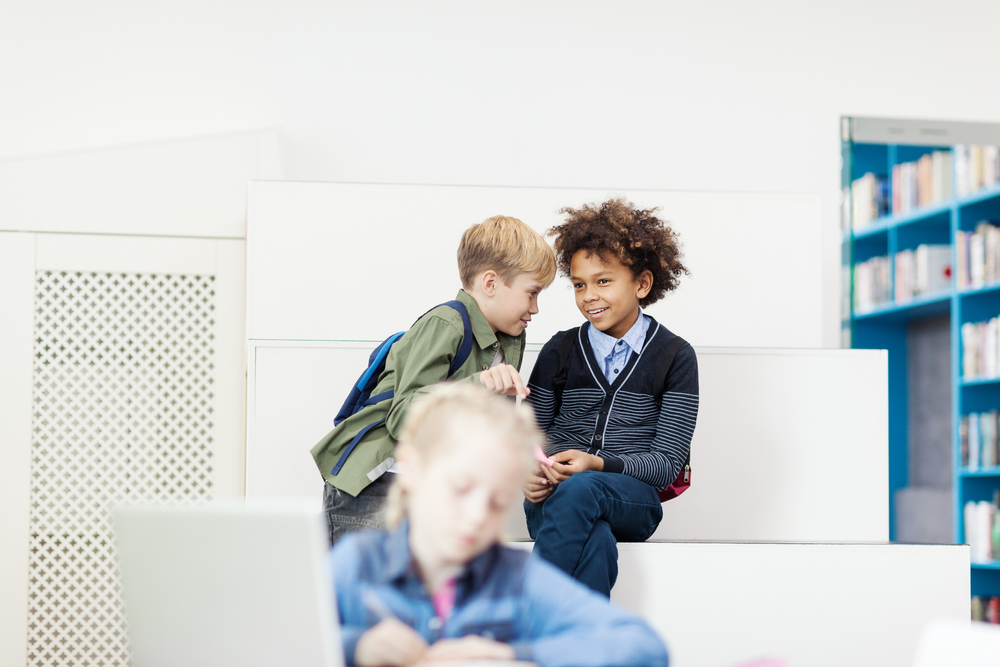

Bullying remains a significant concern for children of all ages, impacting their well-being, self-esteem, and overall mental health. As a parent or guardian, addressing this sensitive topic with your children is crucial to equip them with the tools and support they need to navigate such challenges effectively. Here’s a comprehensive guide on how to approach and discuss bullying with your children, ensuring they feel safe, understood, and empowered.
Understanding Bullying: What Parents Need to Know
Before initiating a conversation about bullying with your children, it’s essential to have a clear understanding of what constitutes bullying. Bullying can manifest in various forms, including physical aggression, verbal abuse, social exclusion, and online harassment. It typically involves a power imbalance where one child or group targets another repeatedly over time.Types of Bullying Include:
- Physical Bullying: Hitting, kicking, pushing, or damaging belongings.
- Verbal Bullying: Name-calling, teasing, taunting, or threatening language.
- Social Bullying: Excluding someone from activities, spreading rumors, or manipulating friendships.
- Cyberbullying: Harassment, threats, or humiliation through digital platforms like social media, texts, or online forums.
Understanding these distinctions will help you recognize signs of bullying and effectively communicate with your children about their experiences.
Initiating the Conversation: Creating a Safe Space
Approaching the topic of bullying requires creating a safe and supportive environment where your children feel comfortable sharing their feelings and experiences. Choose a time when both you and your child are relaxed and undistracted. Here are steps to initiate the conversation:
- Choose the Right Moment: Find a quiet moment conducive to open dialogue, such as during a car ride or while engaging in a shared activity.
- Use Open-Ended Questions: Start with open-ended questions to encourage your child to express their thoughts and feelings. For example, “How are things going with your friends at school?”
- Listen Actively: Pay attention to their responses without interrupting. Validate their feelings and reassure them that you are there to support them.
Recognizing Signs of Bullying
Children may not always disclose instances of bullying directly. Therefore, it’s crucial to be observant and look for potential signs that your child may be experiencing bullying:
- Emotional Changes: Sudden mood swings, anxiety, depression, or reluctance to attend school.
- Physical Symptoms: Unexplained injuries, frequent headaches or stomachaches, trouble sleeping, or changes in appetite.
- Social Withdrawal: Loss of interest in activities they once enjoyed, avoiding social situations, or declining academic performance.
Being attuned to these signs can prompt timely intervention and support.
Providing Support and Encouragement
When discussing bullying with your children, emphasize that they are not alone and that they have your unconditional support. Here’s how you can provide effective support:
- Empowerment Through Knowledge: Educate your child about different types of bullying and emphasize that it is not their fault.
- Role-Playing Scenarios: Practice assertive responses and strategies with your child to build confidence in handling bullying situations.
- Encourage Open Communication: Reassure your child that they can always come to you or a trusted adult if they experience bullying or witness it happening to others.
Teaching Empathy and Kindness
Beyond addressing bullying as a negative experience, teach your children the importance of empathy and kindness towards others. Encourage them to:
- Stand Up Against Bullying: Teach them to speak up if they witness bullying and to support peers who may be targeted.
- Promote Inclusivity: Encourage friendships with diverse peers and celebrate differences among classmates.
- Model Respectful Behavior: Children often emulate their parents’ behavior, so model empathy and kindness in your interactions with others.
Collaborating With Schools and Communities
Effective bullying prevention requires collaboration between parents, schools, and communities. Stay proactive by:
- Establishing Open Communication: Maintain regular contact with your child’s teachers and school administration to stay informed about any potential issues.
- Supporting Anti-Bullying Initiatives: Advocate for comprehensive anti-bullying policies and programs within your child’s school.
- Seeking Professional Help if Needed: If bullying persists or significantly impacts your child’s well-being, consider seeking guidance from a school counselor or mental health professional.
Monitoring and Follow-Up
After discussing bullying with your child, continue to monitor their well-being and encourage ongoing conversations. Stay vigilant for any signs that bullying may be occurring and reinforce strategies for coping and seeking help when needed.
Conclusion
Addressing bullying with your children is a critical step in safeguarding their emotional and social development. By fostering open communication, providing unconditional support, and promoting empathy, you empower your children to navigate the challenges of bullying confidently. Remember, discussing bullying is not a one-time conversation but an ongoing dialogue that strengthens your relationship and equips your child with essential life skills.

